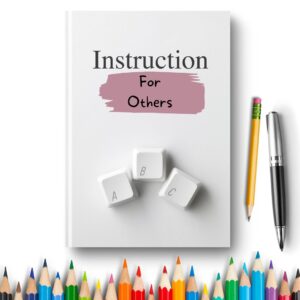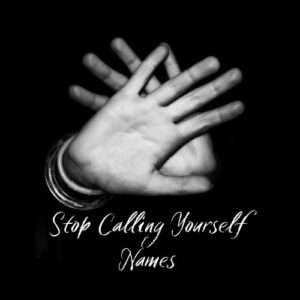Fear is contagious in humans; probably more than any virus on the planet.
Fear is not a problem; our brains are engineered to be alert to threat and avoid danger.
Survival is an instinct built in to our human hardwiring; we want to stay alive, to protect ourselves and keep our loved ones safe.
Fear is an emotion experienced as a constellation of vibrations in our body from the release of hormones like cortisol, adrenalin and norepinephrine in response to thoughts in our brain that signal danger.
It’s common to feel fear as a range of tightening, shaking, shivering, muscle contraction, narrowed vision, short rapid breathing, bursts of cold and heat or numbness or tingling in extremities and difficulty thinking clearly. For me, it feels like my body is plugged into an electric current. When it’s very intense, it feels like there are frayed electrical wires sparking and popping inside; especially in my head, chest and solar plexus. My breathing is shallow because my diaphragm becomes rigid. I feel both an involuntary bracing and a dialing up of tension and anticipation. If my body could speak it would say, “Stay still and be quiet, but very alert until the danger passes.”
Fear is not comfortable, but it also is not a problem. In fact, it’s not only a vital strategy for our survival, it’s something we humans pursue on purpose and pay big bucks to feel.
How many of you have gone to haunted houses on Halloween, stood in line to see a scary movie or willingly hopped on a rollercoaster only to be scared out of your wits?!
So the problem is not fear itself; it’s being afraid of the fear.
When we’ve learned to be afraid of our fear, we misinterpret the changes in our body as something going terribly wrong; we see it as a problem requiring an urgent response and an immediate solution.
Because our Limbic Brain can’t distinguish between real or imagined threat, once the alarm goes off, our brain responds to the call as it was designed and we become mobilized to act and protect, which reinforces our sense of danger. If we don’t we don’t understand what’s happening in the absence of imminent danger, we can get caught in a painful struggle to break free from our fear by resisting it, reacting or avoiding it.
When we try to get ourselves to not be afraid, we can set ourselves up for a kind of emotional quicksand. It’s like becoming afraid while we’re treading water; the more we flail and scream and get out of the situation, the more likely we are to drown. Similarly with fear, the key is not to fight but to float.
The more we try not to be afraid, the more afraid we become.
You know you’re resisting, reacting or trying to avoid fear when your brain is spinning; your thoughts race, your actions feel urgent, sleep is fitful, it’s hard to calm down and when you do sit still, feelings of restlessness or anxiety rise quickly and you find yourself eating, drinking, watching tv, getting on social media, etc. more than you intended and often more than you want to. You’ll also notice getting mentally over-preoccupied with tasks, plans, preparations, worries, etc.
When we are afraid, the Pre-Frontal Cortex of our brain has a tendency to sit on the sidelines until danger has passed. Since this newer part of our brain requires slower, more deliberate processing, it’s not especially helpful when we think we’re being attacked by a lion or a virus (ie. if a lion is running towards us, taking time to consider whether to run left or right could get us killed). But most of the time in today’s world, we’re not in imminent danger and as such, this mechanism can work against us by keeping us in a hyper-vigilant and chronically mobilized state.
So now that you understand the real problem, here’s a simple ABC Solution to respond to your fear without resisting, reacting or avoiding.
A – Acknowledge. Consciously identify and label what you are feeling as fear. This is a way of connecting with your own emotional experience without trying to fix it or push it away. It is a form of self-empathy. Here are a couple of examples to try out:
I am feeling fear right now and that’s ok.
Fear is just part of being human and I’m human.
Feeling afraid doesn’t mean anything’s going wrong.
I can feel afraid and be safe at the same time.
B – Bodily Sensations. Bring your attention to your body. Notice your breathing. Ask yourself where you feel tension, tightness, tingling, buzzing. Do a mental body scan from your feet to your head and then settle your awareness on areas that feel uncomfortable. Don’t try to change what’s happening, just observe it, watch it; see if it moves or stays the same; gets bigger or smaller, etc. This doesn’t have to be a long exercise and you don’t have to be in a quiet place. It’s just a shift of your attention.
C – Curiosity. This is a way of giving your brain something to focus on instead of leaving it to its own devices of imagining the worst case scenarios. Here are some questions to generate curiosity:
How do I want to show up in this situation?
How can I act in a way I can be proud of?
What am I already doing that I can appreciate about the way I’m handling things?
What do I want to make this mean?
If I can feel any emotion as I go through this, what do most want to feel?
What would I need to believe to feel this emotion?
What would I be spending my energy on if I felt this emotion?



